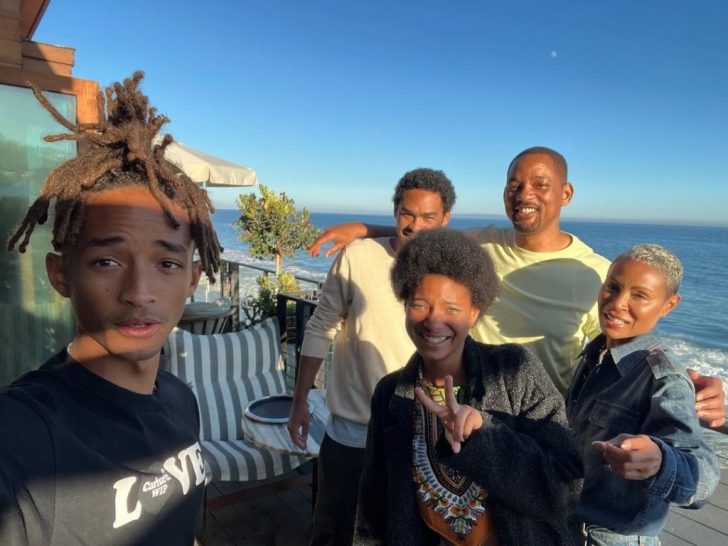Back in 2008, Hollywood royalty Will Smith and Jada Pinkett-Smith took a leap into the educational realm. The duo kickstarted a project close to their hearts: the New Village Leadership Academy (NVLA). And it was a rollercoaster of headlines, speculations, and debates!
While the school promised a fresh and innovative approach to learning, its curriculum, inspired by Scientology, raised quite a few eyebrows.
Before we jump into what made NVLA the talk of the town, let’s take a moment to appreciate the couple’s intention. At its core, the Smiths genuinely aimed to make a difference in the educational sector. They aspired to provide an environment where students could explore their interests, be hands-on, and truly understand the subjects they dove into.

Scientology in the Classroom
The most debated aspect was, without a doubt, the school’s leanings toward Scientology. Now, while neither Will nor Jada ever publicly identified as Scientologists, the school’s teaching methods reflected some of the Church’s practices. The curriculum was based on Study Technology – a methodology developed by L. Ron Hubbard, the founder of Scientology.
This immediately became a magnet for scrutiny. While many educational institutions incorporate philosophies or teachings inspired by certain ideologies, it was the opacity around NVLA’s curriculum that raised concerns. The Smiths, being A-list celebrities, inadvertently spotlighted the school into a position where every move was watched and criticized.

Hands-On Learning: A Blessing or a Curse?
Besides the Scientology-based curriculum, NVLA introduced hands-on learning. A departure from traditional rote memorization. This meant students got their hands dirty (literally and figuratively), delved deep into subjects, and learned by doing.
While this might sound like an ideal learning environment, some believe it to be too abstract. So, the argument against it was simple: In trying to be different, was the school depriving students of the foundational knowledge essential for academic growth?
“Misunderstood Word” & Moving On Without Total Understanding
Another contentious point was the “misunderstood word” concept, another idea borrowed from Hubbard’s teachings. The basic premise here was that if a student stumbled upon a word they did not understand, everything after that became confusing.
It is an intriguing concept, emphasizing the importance of comprehension. However, critics argued that it may overly simplify the complexities of learning difficulties.

Lastly, the school’s approach of moving to another topic without a total comprehension of the current one posed concerns. The idea of “grasping the basics and moving on” can work for some learners, but it can leave gaps in the foundational understanding for others.
Thus, despite their genuine efforts and substantial financial backing, the Smiths’ ambitious project met its end in 2013. While the controversies played a significant role in its closure, one cannot dismiss the impact of societal expectations and the pressure of being under the magnifying glass.
Will and Jada Pinkett-Smith’s endeavor may have been short-lived but it definitely ignited conversations around alternative education methods – and how far we are willing to go to redefine learning for future generations.




